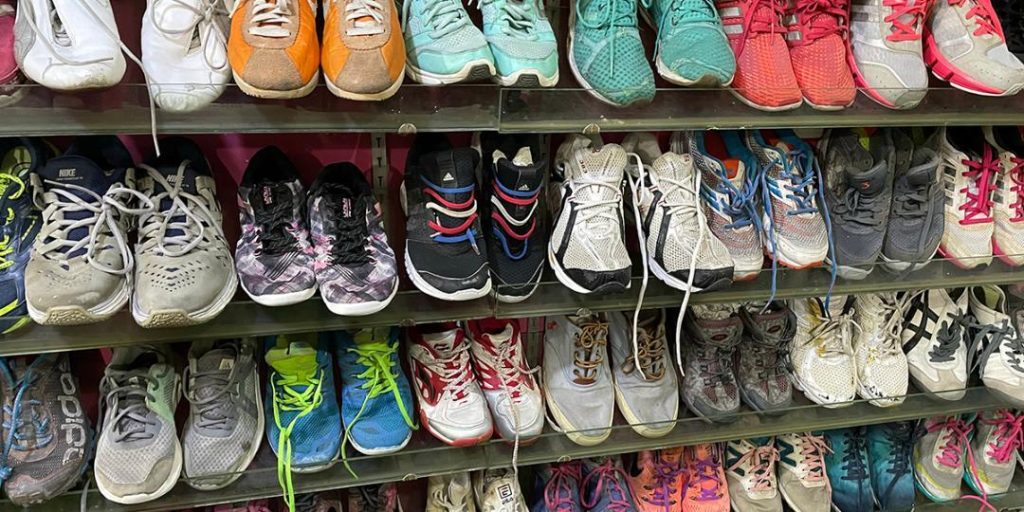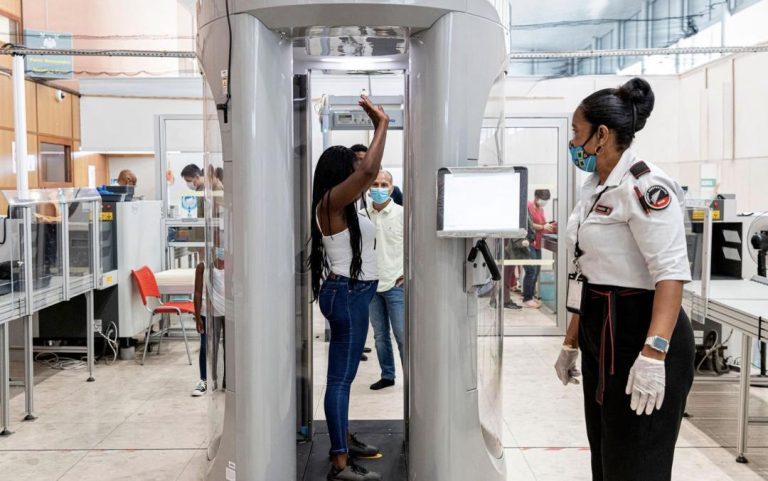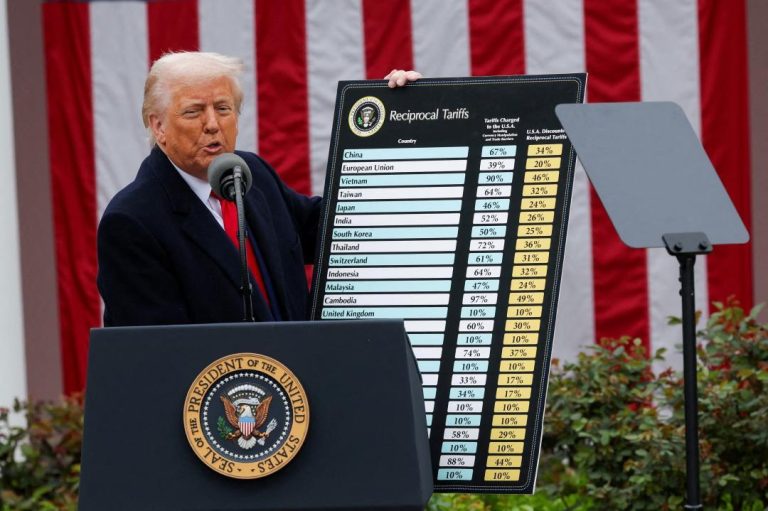
GST for Textiles, Footwear to Rise for Consumption Boost: Report
In a bid to boost consumption and make goods more affordable for the masses, the Group of Ministers (GoM) on Goods and Services Tax (GST) rate rationalization is considering increasing the price ceiling for the lower tax slab on textiles and footwear, according to a recent report. This move is expected to benefit consumers and drive demand in these sectors.
The reported proposal suggests that textiles priced up to ₹1,200-₹1,500 will remain within the 5% GST slab, while footwear within the same price range will attract a 12% GST. This change, if implemented, will provide a significant boost to the consumption of these essential goods.
The current GST rates for textiles and footwear are 5% and 18%, respectively, for most categories. However, the GoM is looking to rationalize these rates to make goods more affordable and competitive. By increasing the price ceiling for the lower tax slab, the government aims to make these essential goods more accessible to the masses, thereby driving consumption and boosting economic growth.
The textiles industry is a significant contributor to India’s economy, employing millions of people and generating a substantial amount of revenue. The sector has been facing challenges in recent times due to factors such as high raw material costs, labor costs, and competition from imports. The proposed changes in GST rates are expected to provide relief to the sector and help it recover from the current slump.
Footwear is another essential sector that has been affected by the GST regime. The high GST rate of 18% has made it difficult for consumers to purchase footwear, leading to a decline in demand. The proposed reduction in GST rate to 12% for footwear priced up to ₹1,200-₹1,500 is expected to provide a significant boost to the sector and make footwear more affordable for consumers.
The GoM’s proposal is expected to benefit not only the textiles and footwear industries but also the broader economy. By making these essential goods more affordable, the government can expect an increase in consumption, which can lead to a boost in economic growth and job creation.
The proposed changes in GST rates are also expected to benefit small and medium-sized enterprises (SMEs) in the textiles and footwear sectors. These businesses have been struggling to compete with larger players due to the high GST rates and other regulatory hurdles. The proposed changes will provide them with a level playing field and enable them to compete more effectively in the market.
While the proposed changes are expected to benefit the textiles and footwear sectors, there are also concerns about the potential impact on the revenue of the government. The GST council has been under pressure to reduce the revenue loss due to the GST regime, and any changes in GST rates could have an impact on government revenues.
In conclusion, the proposed changes in GST rates for textiles and footwear are expected to boost consumption and drive demand in these sectors. The proposed changes will make these essential goods more affordable for consumers, provide relief to the textiles and footwear industries, and benefit SMEs in these sectors. While there are concerns about the potential impact on government revenues, the benefits of the proposed changes are expected to outweigh the costs.






